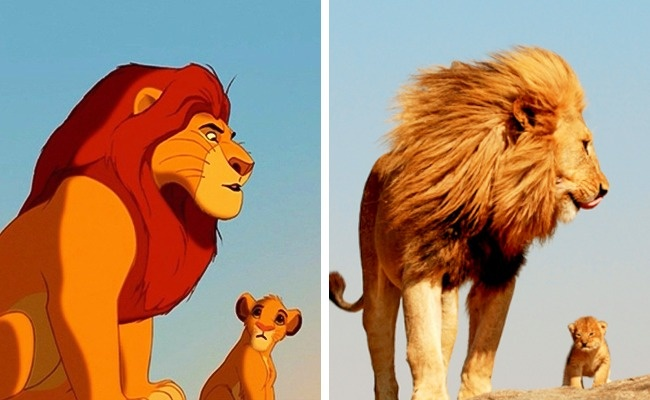
Written by Morgana Chess on 22 June 2018
You've probably run into some wild animals today. Giraffes in the form of cuddly toys, or a tiger selling breakfast cereal. It might look like they’re doing well, but animals popular in culture are in serious trouble in the wild.
In a recent study, scientists identified the top 10 most charismatic animals like tigers, lions, elephants, giraffes, leopards, pandas, cheetahs, polar bears, grey wolves, and gorillas. It's a commonly held belief that conservation efforts are directed more towards animals humans find cute and attractive, but it turns out that's not always the case.

Photo: Mike Mozart via Flickr
Despite the public’s affection, these animals are still at risk of imminent extinction. Could their popularity even be the reason why they’re in trouble? Seeing lions and giraffes in zoos, in the media and as fluffy toys every day means that people don’t realise how their numbers are dwindling in the wild. “Unknowingly, companies using giraffes, cheetahs or polar bears for marketing purposes may be actively contributing to the false perception that these animals are not at risk of extinction, and therefore not in need of conservation,” co-author of the study Franck Courchamp argues. The report suggests that companies popularising these animals could compensate by donating part of their profits to conservation organisations or using their platforms to raise public awareness.
The animals’ virtual presence doesn’t match their presence in nature, and it’s misleading the general public about their endangerment statuses. The study found that the average person sees two to three times more ‘virtual’ lions through cartoons, logos, and brands in a single year than the remaining total population of wild lions living in the whole of West Africa.

Just today, how many of these animals you’ve seen on a box, a screen or even a t-shirt? Do you know anything about their conservation status in the wild? If we don’t start putting money towards environmental preservation, our furry friends will only exist to us via a screen or toy. As cute as those polar bears in Coca-Cola ads are, how many actual polar bears will still be around by next year?
Courchamp, a conservation biologist, says that funding charismatic animals will have the knock-on effect of helping other species as well; besides, "if we’re not able to save the lions," how can we save "the tiny creatures on remote islands that nobody cares about?" Cute and ugly animals alike, conservation efforts need to be a public priority.
Sir David Attenborough agrees, he just announced his new fund for wildlife conservation, Lion’s Share, inviting large companies to donate to the fund every time they use an animal in their ads. Launched in Cannes Lions Festival, the fund is expected to raise $100 million in three years.
To learn what you can do to protect wildlife from extinction check out these organisations:
- Save The Elephants conducts research and spreads awareness about elephants in the wild as well as protecting them
- WCN, Wildlife Conservation Network, provides independent wildlife conservationists with the tools and funding
- WWF, World Wildlife Fund, is the world's leading conservation organization protecting wildlife all over the world
If you want to know more about our projects, head to our website. And let us know about your feedback, suggestions, and ideas in the comments below. 🙏
Because Kind is not enough. Join Kinder!